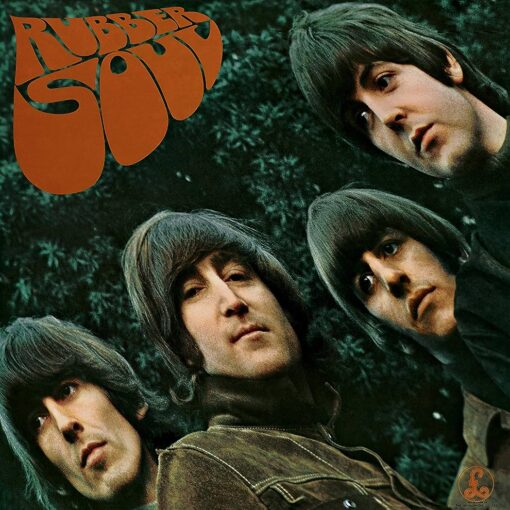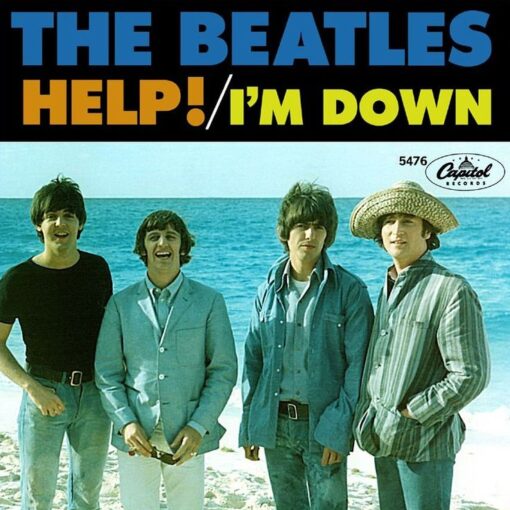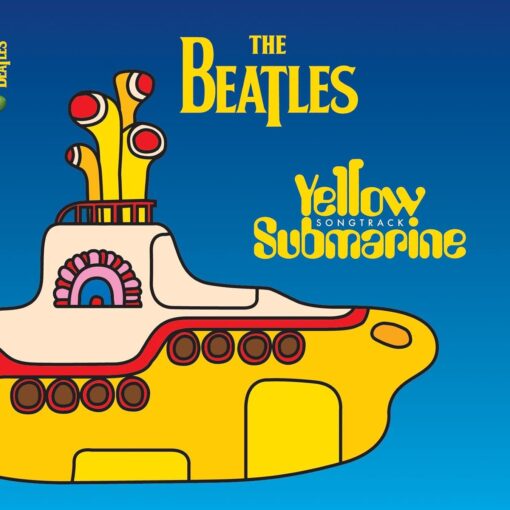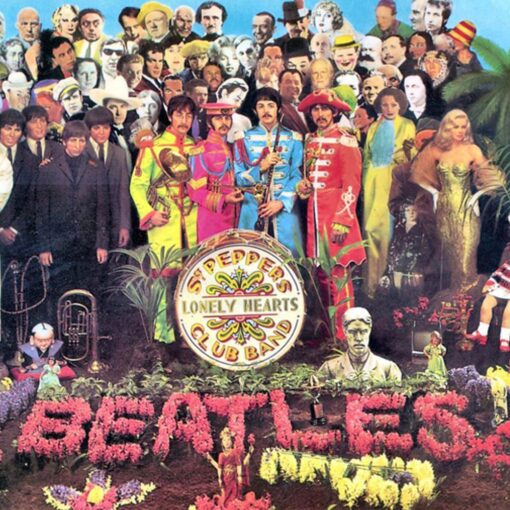- Published on 1965
- Author: Lennon/McCartney
- Track 16 on “1962 ‐ 1966 (Red Album)“
- Track 2 on “Past Masters Volume 2“
JOHN 1980: “Paul did the first half, I did the middle-eight. But you’ve got Paul writing, ‘We can work it out/ We can work it out’ real optimistic, you know. And me, impatient, ‘Life is very short and there’s no time/ for fussing and fighting, my friend.’”
PAUL circa-1994: “I wrote it as more of an up-tempo thing, country and western. I had the basic idea, the title, had a couple of verses… then I took it to John to finish it off and we wrote the middle together, which is nice– ‘Life is very short/ And there’s no time for fussing and fighting my friend.’ Then it was George Harrison’s idea to put the middle into waltz time, like a german waltz… The lyrics might have been personal. It is often a good way to talk to someone or to work your thoughts out. It saves you going to a psychiatrist, you allow yourself to say what you might not say in person.”
About “We Can Work It Out”
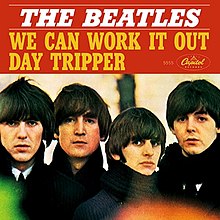
A collaborative effort between Paul McCartney and John Lennon resulted in “We Can Work It Out.”. The song was released on December 6, 1965 as a double A-side single with “Day Tripper“.
It was not initially included on a studio album but was later included on the “Yesterday and Today” album in the United States and on the “Past Masters Vol. 2” compilation album in 1988.
This song was recorded during Rubber Soul‘s sessions. In Britain (where it won the Ivor Novello Award for the top-selling A-side of 1965), America, Australia, Canada, and Ireland, the single reached number one. It was the seventh best-selling single in the UK in the 1960s.
The song is generally classified as a folk rock/pop rock song, blending acoustic and electric instrumentation. It features a distinctive accordion riff played by John Lennon, which gives it a unique sound. The harmonies and arrangement are characteristic of the Beatles’ style during this period. The song’s contrasting moods and perspectives (with McCartney’s optimistic verses and Lennon’s more skeptical middle eight) reflect the differing personalities and songwriting styles of the two lead Beatles.
As a comparatively rare collaboration between Lennon and McCartney, “We Can Work It Out” recalls the level of collaboration the two had shared when writing the group’s hit singles from 1963. There are a few notable exceptions to this rule, including “A Day in the Life“, “Baby, You’re a Rich Man” and “I’ve Got a Feeling“.
“We Can Work It Out” remains a beloved Beatles song and is recognized as a testament to the band’s ability to craft memorable, emotionally resonant music.
Meaning of “We Can Work It Out”
“We Can Work It Out” conveys a message of optimism and a plea for understanding in the context of a relationship. The lyrics suggest a couple experiencing difficulties and disagreements, but the narrator (presumably one of the partners) is advocating for reconciliation and compromise.
The central theme of the song revolves around the idea that conflicts and challenges can be overcome through open communication and a willingness to find common ground. It encourages partners to work together to resolve their issues rather than letting them escalate or lead to a breakup.
The lines “Life is very short, and there’s no time / For fussing and fighting, my friend” emphasize the brevity of life and the importance of not wasting it on unnecessary conflicts. Instead, the song urges the couple to address their problems constructively and find a way to move forward.
Overall, “We Can Work It Out” serves as a reminder of the potential for growth and strengthening of a relationship through mutual effort and understanding. It’s a call for patience, empathy, and a willingness to find solutions together.
Personnel
- Paul McCartney – double-tracked lead vocal, bass guitar
- John Lennon – harmony vocal, acoustic guitar, harmonium
- George Harrison – tambourine
- Ringo Starr – drums
